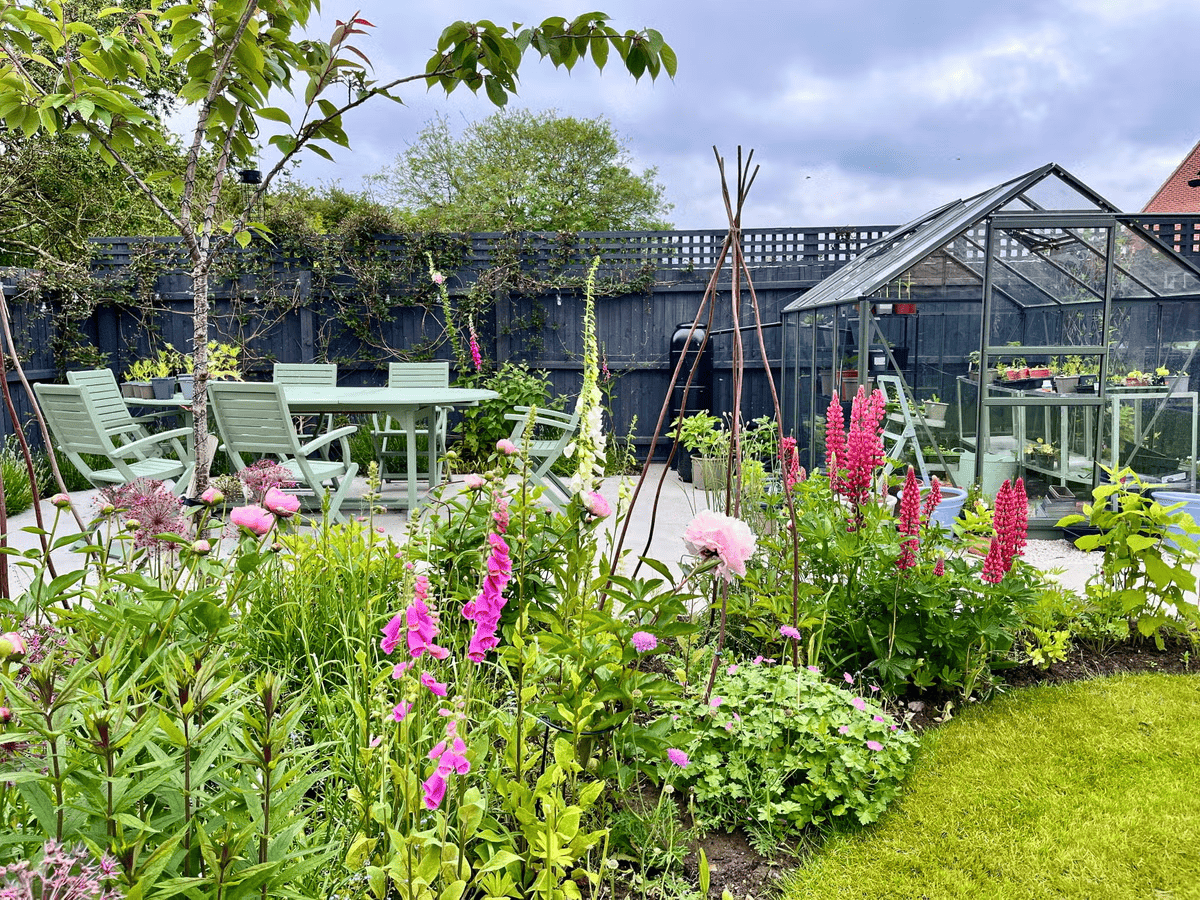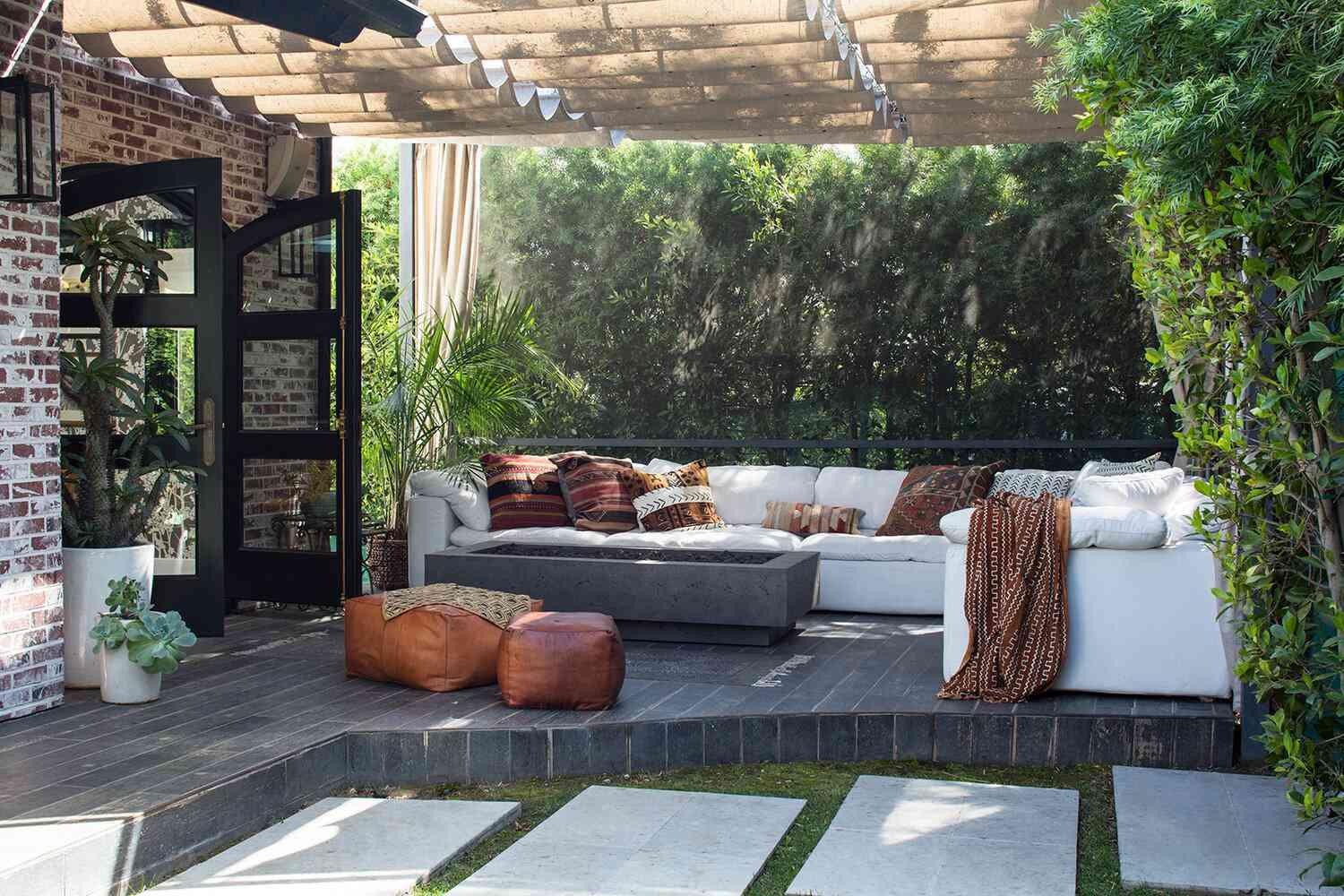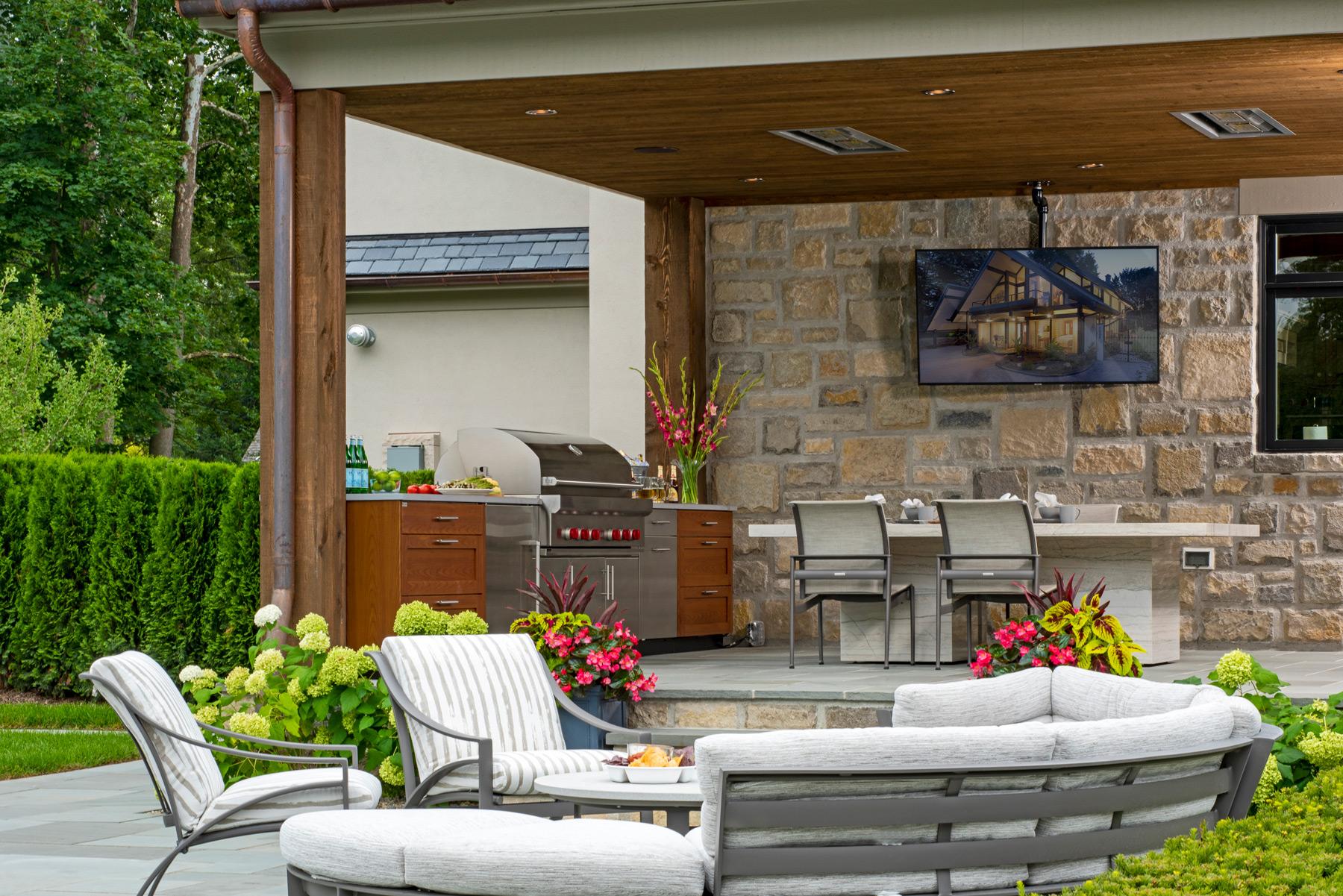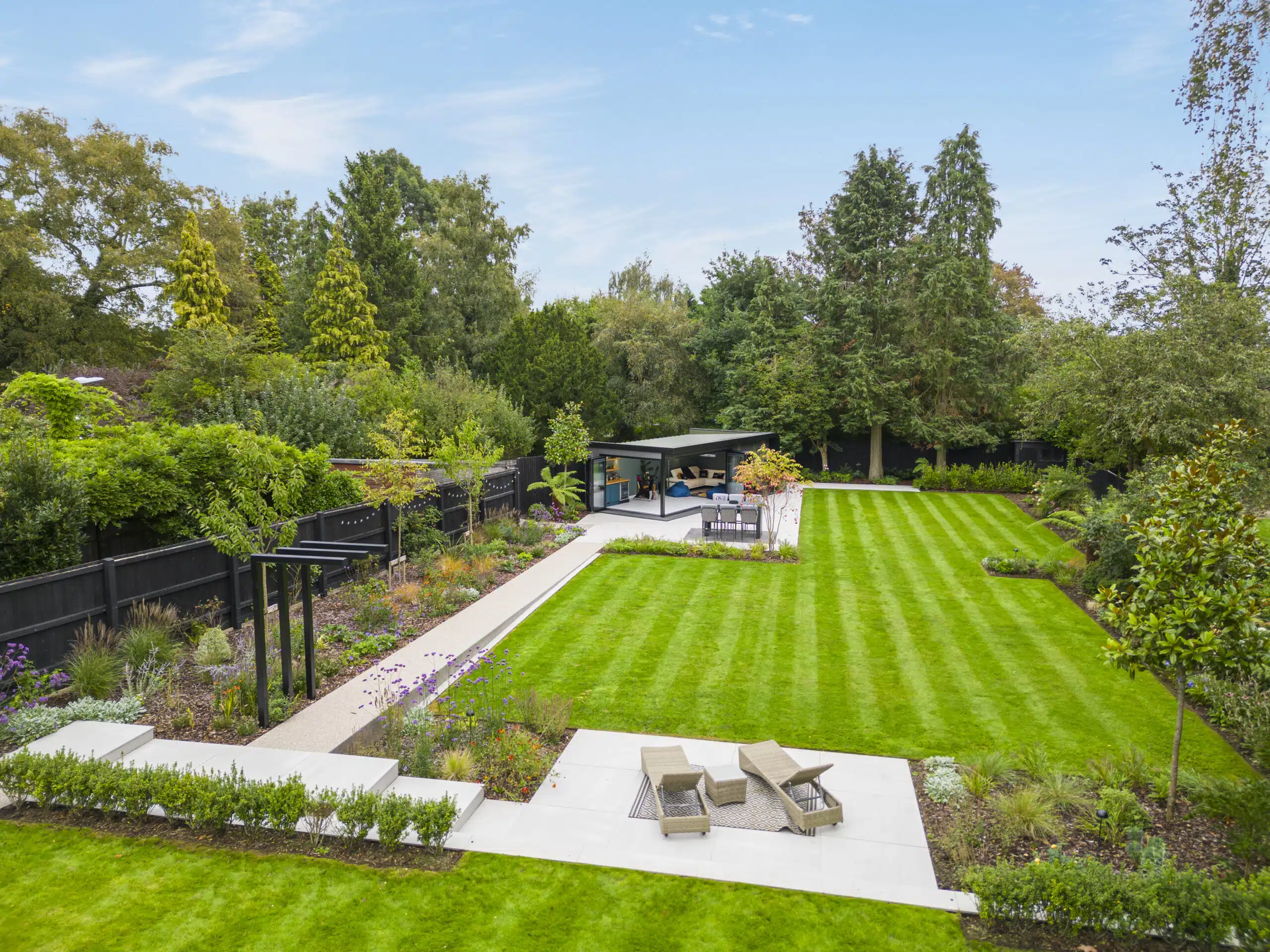
The Art of Outdoor Living: Designing Spaces for Joy and Serenity
The Art of Outdoor Living: Designing Spaces for Joy and Serenity
For centuries, humanity has sought solace and inspiration in the natural world. From ancient Roman courtyards to elaborate Japanese gardens, outdoor spaces have always been more than mere extensions of our homes; they are reflections of our deepest desires for connection, beauty, and peace. Early designs served practical purposes, then evolved to incorporate aesthetic pleasure and contemplation, shaping communities and personal lives.
In our fast-paced modern world, the importance of these green sanctuaries has never been greater. Urbanization and digital overload often disconnect us from nature's rhythms, leading to increased stress and a longing for tranquility. Research shows that even brief exposure to natural environments significantly reduces mental fatigue and fosters calm. This highlights a critical need for thoughtfully designed outdoor areas that serve as vital escapes.
The concept of biophilia—our innate human tendency to connect with nature—forms the bedrock of contemporary outdoor design. Studies in environmental psychology demonstrate that elements like natural light, plants, and water features profoundly impact our mood, cognitive function, and overall physical health. Understanding these intrinsic connections allows designers to craft truly resonant spaces that cater to our primal needs.
This understanding has led to a fascinating evolution in how we approach outdoor living. It's no longer just about planting a garden; it's about creating immersive experiences that enhance well-being and foster joy. From intimate patios to expansive landscapes, every element can be intentionally chosen to evoke specific emotions and support desired activities. This careful curation transforms a simple plot into a personalized haven.
Key Insights from Outdoor Living Research ✨
- Exposure to natural settings, even for short durations, is scientifically proven to reduce stress levels, improve mood, and enhance cognitive restoration, making outdoor spaces crucial for mental well-being.
- Thoughtfully designed outdoor environments encourage physical activity and social interaction, fostering stronger community ties and promoting a healthier, more active lifestyle for all ages and abilities.
- The most effective outdoor designs are those that reflect the individual's unique preferences and needs, ensuring the space feels deeply personal and truly serves as a restorative retreat and source of contentment.
Crafting Your Personal Sanctuary: Design Perspectives 🌳
The sensory experience is paramount in outdoor design. Consider the gentle rustle of leaves, the fragrant scent of blooming jasmine, or the cool texture of natural stone underfoot. GAIAS LANDSCAPE LTD integrates these elements to create a multi-sensory journey. The sound of trickling water, for instance, can mask urban noise, providing a soothing auditory backdrop that promotes relaxation and contemplation.
Effective outdoor spaces are often segmented into distinct zones, each serving a unique purpose. A cozy seating area for morning coffee, a spacious dining zone for entertaining, or a quiet corner for meditation – these distinct areas allow for varied activities. Careful planning ensures a seamless flow between these zones, making the entire landscape feel cohesive and inviting, enhancing overall usability. 
Material selection plays a critical role, not only in aesthetics but also in the longevity and ecological footprint. Choosing sustainable, locally sourced materials whenever possible contributes to natural beauty and minimizes environmental impact. The right materials define the character, from rustic charm with reclaimed wood to modern elegance with polished concrete, establishing the desired mood.
Water features are powerful design elements for evoking serenity. Whether a tranquil pond, a bubbling fountain, or a cascading waterfall, water introduces a dynamic, living component that captivates the senses. Its reflective qualities add visual depth, while the sound provides a calming influence, transforming the atmosphere of any outdoor area into a peaceful retreat.
Thoughtful lighting design extends usability and enhances ambiance long after sunset. Strategic placement of path lights ensures safety, while accent lighting highlights architectural features or specimen plants. Ambient lighting, like string lights or lanterns, creates a warm, inviting glow, perfect for evening gatherings or quiet reflection. GAIAS LANDSCAPE LTD understands the magic of evening illumination.
An outdoor space is a living entity, constantly evolving with seasons and time. Regular maintenance is essential to preserve its beauty and functionality. Furthermore, embracing "adaptive design" allows for flexibility, enabling the space to evolve with changing needs and preferences, ensuring it remains a source of joy and serenity for years to come, a truly enduring investment in well-being.
Bringing It All Together: Key Takeaways 🌟
- Prioritize human well-being and foster a deep connection with nature by incorporating biophilic design principles into every aspect of outdoor space creation.
- Design for multi-functional living, ensuring that outdoor areas offer diverse opportunities for relaxation, social interaction, and personal rejuvenation tailored to individual lifestyles.
- Embrace sustainable practices and adaptive design to create enduring, ecologically responsible landscapes that evolve beautifully with time and use, enhancing both personal and planetary health.

